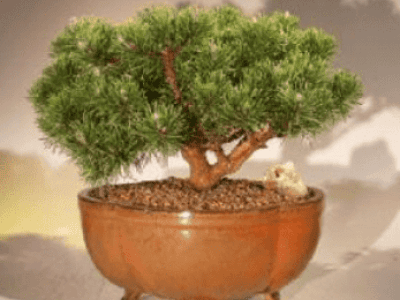The Top Quality Juniper Bonsai Tree
Juniper Bonsai Are one of the most versatile bonsai designs. When caring for a juniper bonsai, take in mind the following.
This bonsai is not for indoors. Unlike delicate exotic plants, juniper bonsai has thrived for generations in conditions most plants would not enjoy.
Winter Months Of Rest Is A Good Thing For the juniper bonsai
Building strength During The Winter Months
Like a bear in hibernation, it needs the winter months to repair any harm done during the growing phase.
The biggest cause of juniper bonsai death is to keep it indoors. Keep it outside during the coldest winter months or snowstorms to avoid suffocating the plant. After the bad weather, bring your juniper bonsai back outside to rest.
Powerful And Positive Benefits Of Juniper Bonsai
Juniper bonsai are quite popular due to their ease of care and training. Many bonsai nurseries will undoubtedly maintain this tough tree in stock due to the fact that it may be taught faster than other bonsai kinds.
If you got a juniper bonsai as a present or intend to grow your own from a seed or plant, keep pruning and wiring gadgets available.
Powerful And Positive Benefits Of Juniper Bonsai
Trimming extra branches and fresh buds and needles will aid improve the tree’s appearance.
Remember to wear gloves when working with junipers, as the needles can cause allergies and skin irritation.
You can buy Juniper bonsai from one of the most prestigious online internet shops in the world. Bonsai Boy of New York.
In this case, I would NOT suggest buying one from Amazon. Juniper bonsai are incredibly typical, as this kind of tree is so simple to care for and train.
I own 24 of them.
Bonsai Junipers: An Easy-to-Follow Video Guide
Your Bonsai Juniper. What to Do.
Frequently Asked Questions
Placement
Place the tree outside all year in a sunny location. The juniper is not an indoor plant.
Winter protection begins when temperatures drop below 15°F (-10°C). Some species' foliage turns purplish reddish during frosty weather as an internal frost protection mechanism. They will switch back to green in the spring.
Watering
Avoid overwatering since juniper roots dislike moist soil. Dry the soil gently before watering.
Misting the tree periodically is beneficial, particularly after repotting, since it benefits from humidity. Watch this short video about watering Bonsai plants.
Fertilizing
Use normal organic fertilizer pellets every month during the growing season, or a liquid fertilizer every week. If you’d like to see strong growth you can apply some higher nitrogen levels in the spring.
Pruning and Wiring
During the growing season, lenghty branches can be pinched or trimmed at the root. the removal of all growth tips weakens the tree, and the cut turns the needles brown. Thicker leaf pads must be clipped at the base. Cut neatly. The Juniper Bonsai is a tough tree that can handle vigorous trimming well. But it can't bud from0 some foliage on every00 branch00 you want to maintain. Learn more about trimming Bonsai trees.
Propagation
Propagation via seeds or cuttings Most nurseries have a variety of suitable Juniper Bonsai species. There is generally nice Bonsai material there.
In gardens, concrete pots, and cemeteries, the owner may let you dig out an old juniper for a price or a new plant.
Young seedlings, pre-Bonsai, and pre-styled juniper trees are all available from specialized Bonsai vendors. Take a look at our Bonsai Department at Deans' American Mall.
REPOTTING YOUR JUNIPER BONSAI
Every two years, repot the Juniper Bonsai tree with a basic or slightly more draining soil.
Older trees may need further repotting. Don't trim the roots too hard. Here is a short video on repotting your juniper bonsai
Pests and Diseases
In ideal conditions, junipers are pest-resistant when adequately cared for.
Pests may quickly establish themselves in thick foliage pads. Even in winter, junipers need light and no pests.
Yeast rust infections are a significant issue. The rust fungus susceptibility of Juniper species varies. The rust fungus is fatal to Juniper Bonsai.
Late summer brownish growths on the leaf undersides produce spores that infect Junipers. A juniper infested with juniper can’t be.
The fungus destroys visible branches as it spreads to other parts of the tree. Suppressing the fungus doesn’t prevent regrowth. The rust fungus is fatal to junipers.
Fungicides can treat many yearly affected trees. A juniper infested with rust can’t be.
Rust-infested juniper should be composted or burned, say some.



